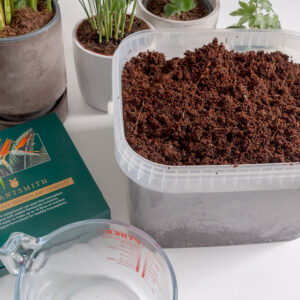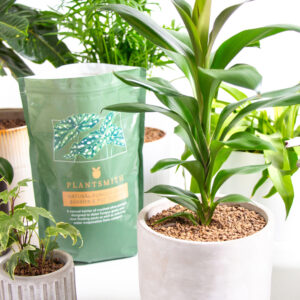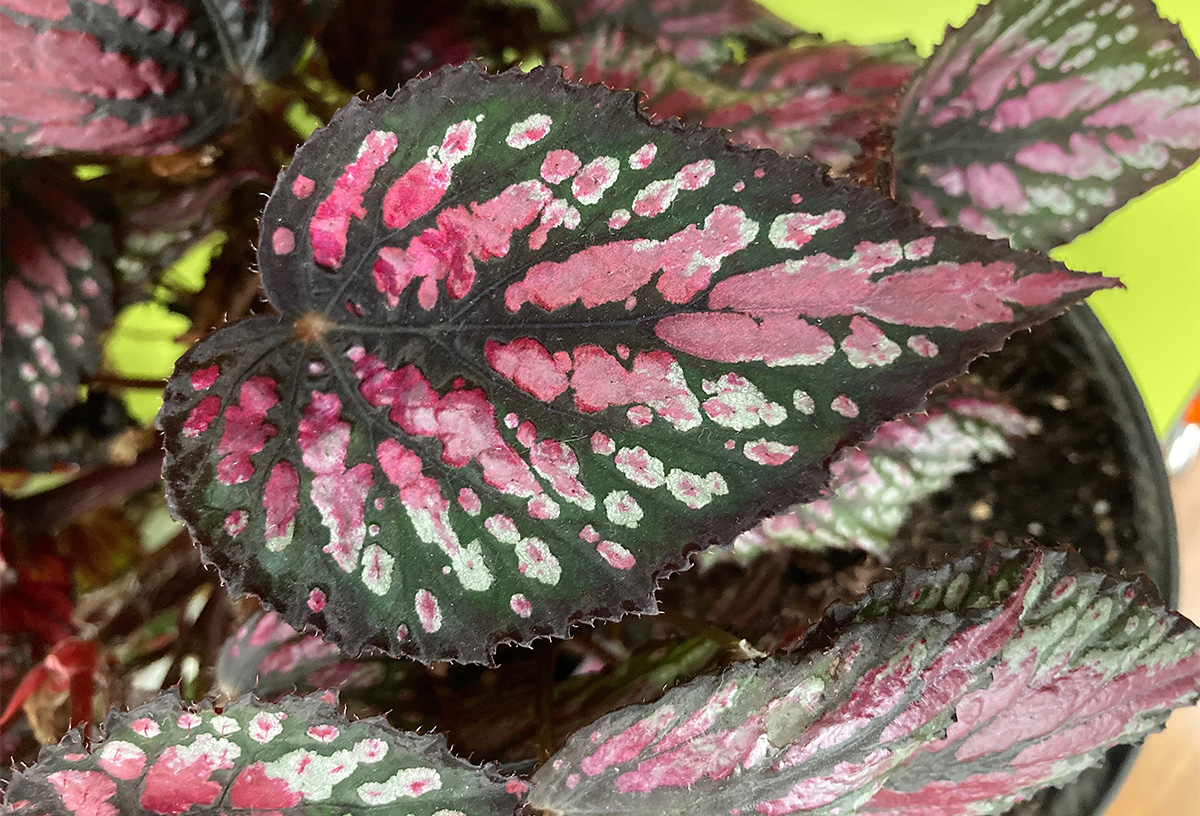Begonia rex is an impressive tender evergreen perennial with over 500 cultivars. It puts on a multi-coloured display all-year-round of large metallic hairy heart-shaped foliage or swirling snail-like striking leaves bathed in silver, purple, burgundy, green or pink markings. Also known as Painted-Leaf Begonia, King Begonia or simply Rex Begonia; these are one of the easiest houseplants to grow.
There are many notable Begonia rex that have attained the prestigious Royal Horticultural Society Award of Garden Merit such as ‘Escargot’, ‘Fireworks’, ‘China Curl’ and ‘Plum Rose’. Originating from Asia, how do you get the conditions right for your Begonia indoors to keep it thriving for years?

Light
Begonia rex like indirect bright light but will grow well in part shade making them the perfect winter houseplant for low light conditions. Regularly turn pots around so all the leaves get an even amount of light but be sure to protect them from direct summer sunlight as this could scorch their leaves.
Temperature
Temperatures around 15°C to 21°C (60°F to 70°F) and high humidity are ideal conditions for Begonia rex and aim to keep temperatures above 13°C (55°F) in winter. To maintain humidity around your plant, keep them out of drafts and sit them on a watered tray of clay pebbles or gravel.
Water
Begonia can suffer from being underwatered or overwatered so monitor watering frequency. Your plant will let you know if you have not been paying it enough attention; dry crispy leaves will start appearing if it has been thirsty for a while. Luckily this is easily remedied with a good drink.

One thing Begonia rex detest is misting. Although they favour a humid environment, misting leaves can lead to powdery mildew so should be avoided.
Let compost dry out between waterings. Pop your finger in the top inch of soil; if it is damp leave, if it is dry water; either from the bottom so the roots can suck up the moisture or from the top and let water drain through the soil and out of the pot base. It is better to give your plant an occasional good deep soak and let it dry out rather than lots of frequent drizzles.
Make sure drained water does not sit in the pot saucer for days as this can cause root rot; ensure your pot has good drainage holes.
Water all your houseplants with rainwater but if this is not possible then boil the kettle, pour it into an open container and let the water cool for 24 hours; this will allow time for the harmful chemicals like chlorine and fluoride to dissipated.
Soil
Pot your Begonia in peat-free compost and add perlite or coconut coir for aeration or well-rotted leaf mould which is a great alternative to peat. Most importantly you want free-draining soil so the soil does not remain soggy. It is a good idea to repot every couple of years to refresh the compost, this will get rid of any build up of salts, minerals, fungal diseases or pests.
Fertiliser
Houseplants need nutrients to grow properly. They undertake all their chemical reactions in solution so giving them food in solution saves them breaking material down before they can use it. Just like us, having a healthy balanced diet is important; we can choose what to eat but houseplants rely totally on us to feed them so make sure you give them good stuff.

Plantsmith Fortifying Houseplant Feed & Tonic is especially formulated to be the right strength for houseplants. Keep your Begonia looking its best by applying feed every other time you water in the growing season. Plantsmith’s Feed & Tonic contains essential nutrients such as iron, potassium and magnesium which will encourage healthy leaves and promote flower growth, it also includes kelp which stimulates cell growth.
Give the bottle a good shake and dilute one pipette from a 100ml bottle to one litre of tepid rainwater or if you are using the large 500ml bottles, mix 5 ml (approx. 4 pumps) into a litre of tepid rainwater and apply.
Flowering
Begonia rex are grown for their foliage rather than flowers but they do produce dainty flowers on long stalks. Although it can be common to remove these flowers to concentrate energy into the leaves, there is no real reason to deny yourself the pleasure of these little blooms; leave, enjoy and snip off once they are spent.

Propagation
If you want to increase your houseplant collection then leaf propagation is by far the easiest way with Begonia rex. Remove a healthy leaf from your plant and with a sharp knife slice across the main veins at inch intervals on the leaf’s underside. Turn the leaf over and lay it on a tray of seed compost so the cuts make contact with the soil. Pin down and secure with small stones. Water, cover with a cloche to raise humidity and wait. In about six weeks little plantlets will develop at the cuts.

Pests
Begonia rex are not magnets for pest infestations but keep an eye out for aphids, mealybugs, and fungus gnats on the soil surface. If you get a problem then remove the plant from other houseplants to limit the spread. Plants can be weakened by an attack so give them a boost with Plantsmith Protecting Bug Control Spray which is a 100% natural, vegan formula. Remove any visible pests by hand then treat.

Plantsmith Protecting Bug Control Spray is a blend of natural surfactants alongside iron chelate, magnesium and manganese chelate. As well as protecting against common pests the formula is packed with nutrients and protects against mildew.
Problem Solver
Begonia rex generally have few problems. They may develop some crispy leaves which is an indication of underwatering so rectify this by removing the leaves and giving your plant a good water. Feed with Plantsmith Fortifying Houseplant Feed & Tonic to give it a boost for fresh leaves to grow.
Overwatering can cause grey mould, Botrytis cinerea and powdery mildew, fungus Erysiphe cichoracearum, can strike in high humidity. Mildew forms white powdery patches on leaves and these fungal spores can spread to other plants so keep infected plants away from other houseplants. Increase ventilation to reduce fungal infections. Mix bicarbonate of soda with water and spray on the plant or remove affected leaves.















